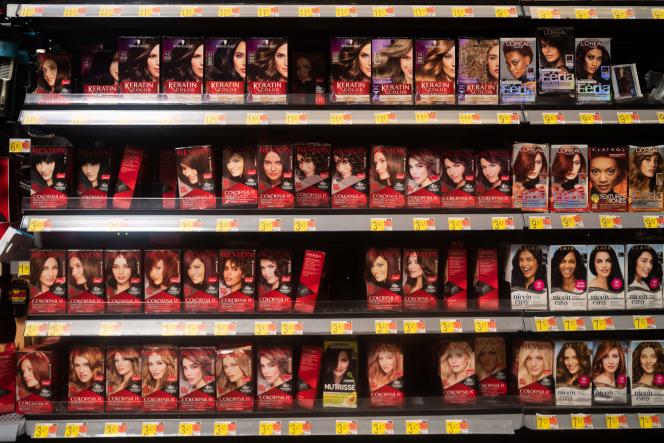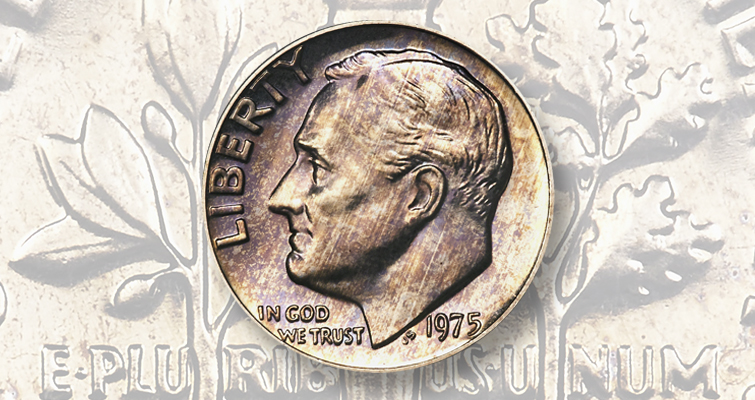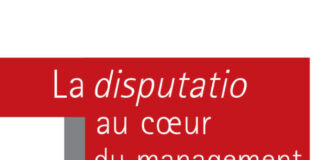More than 5.7 million people “loved” Kylie Jenner’s Instagram post on June 8. The American reality TV star, half-sister of Kim Kardashian, says she took her daughter Stormi there to an Ulta Beauty store in Los Angeles to see the “new products” of her brand. In this beauty supermarket, the 4-year-old girl, with nails painted with glitter, fills a basket with lip glosses, eyeshadows and other palettes from the brand that has made her mother’s fortune since its 51% buyout. by the American Coty, in 2019.
This video says it all about the ongoing revolution within the American cosmetics industry, of which Revlon is one of the first victims. In New York on June 16, the manufacturer announced that it had filed for Chapter 11 protection to mount a recovery plan and avoid bankruptcy. Its president, Debra G. Perelman, assures us that the operation “will allow Revlon to offer its customers the iconic products it has offered them for decades”, everyone knows how much the group, present in 150 countries, will struggle to get out of this bad patch.
Dismantling? Refocusing on its founding brand? What solutions will be put in place to save the group with 5,700 employees? “Few candidates will dare to invest to turn it around,” says a specialist in the sector.
king of debt
The firm built its empire when it launched an opaque nail polish in 1932, then established itself on the perfume market with Charlie, a floral juice launched in 1972. Then, the success comes from the make-up that embody the models of the 1990s, Cindy Crawford, Christy Turlington and Claudia Schiffer. On Wall Street, the group became a figure of American capitalism, during the hostile takeover bid that allowed billionaire Ron Perelman to seize it in 1985 for 2.7 billion dollars (2, €68 billion).
The latter is slow to diversify the company. In 2016, he bought Elisabeth Arden, a skincare brand, for $1.03 billion. “The Debt King,” claimed The New York Times in a January portrait, had obtained all the necessary loans by then. Most were mortgaged on the estate of the businessman, now 79 years old. In 2020, as the pandemic shattered Revlon’s business, Mr. Perelman sold part of his art collection, his yacht and a private jet to bail out the business. But he failed to reduce his debt. Today, it stands at $3.7 billion. Despite revenue up 9% to $2.1 billion at the end of 2021, its losses reached $207 million.
Because the group, chaired by Mr. Perelman’s daughter since 2018, is struggling in an industry that no longer has the only outlets of the department stores and perfumeries of yesteryear. Valued at 200 billion dollars worldwide, the market “has changed in three years more than in the last thirty years”, says Nicolas Gerlier, former L’Oréal, founder of La bouche rouge, specialist in luxury and respectful makeup. of the environment. Nearly 25% of cosmetics sales are made online, says a study by Kea
“Too Chemical”
But Revlon has lost several battles. In department stores, it is not present in the luxury segment, a juicy market in the hands of Dior, a subsidiary of the LVMH group, Chanel, and Lancôme, a subsidiary of L’Oréal. And in the so-called “mass-market” market, “the software it runs is still that of the 1980s,” said Bruno Taborin, associate director of the consulting firm Kea
In addition to Kylie Jenner, Rihanna, with her Fenty brand 50% owned by LVMH, Selena Gomez, with her Rare Beauty label, or Kim Kardashian, with her KKW Beauty 20% owned by the American Coty, have given an old look. to the beauty departments of American drugstores, of which Revlon was a mainstay. He must now fight against “those flash brands”, which rely “on a community of influence” to sell “products derived from an audience”, confirms Nicolas Gerlier. In fact, 355 million people follow Kylie Jenner’s Instagram account. Revlon has 2.9 million.














